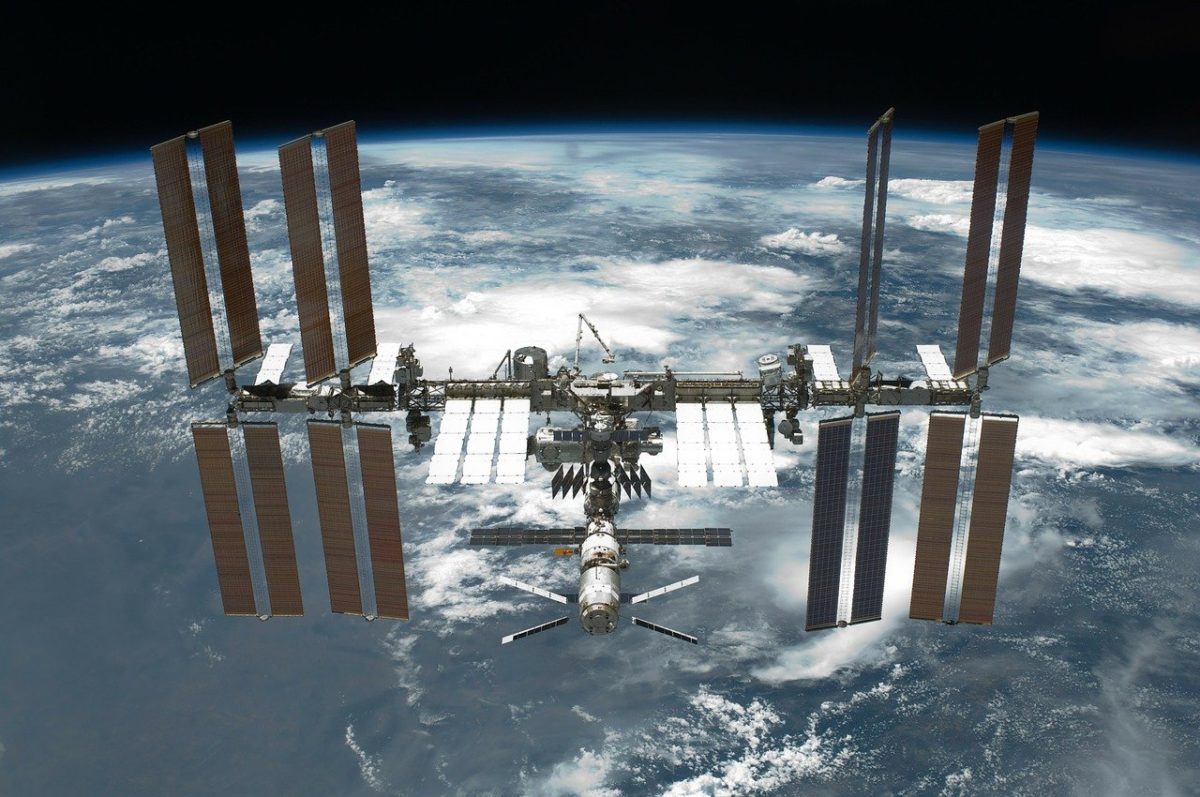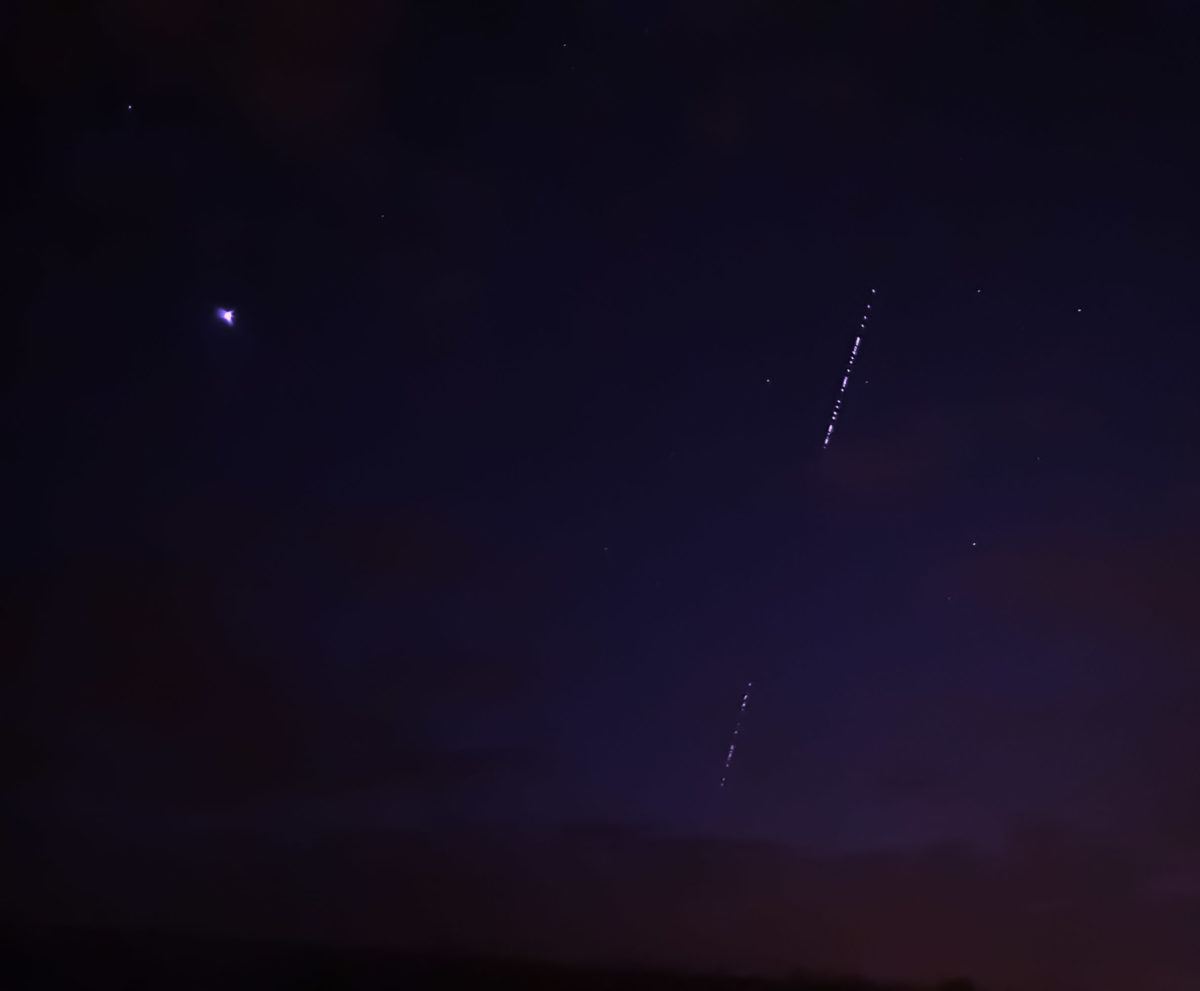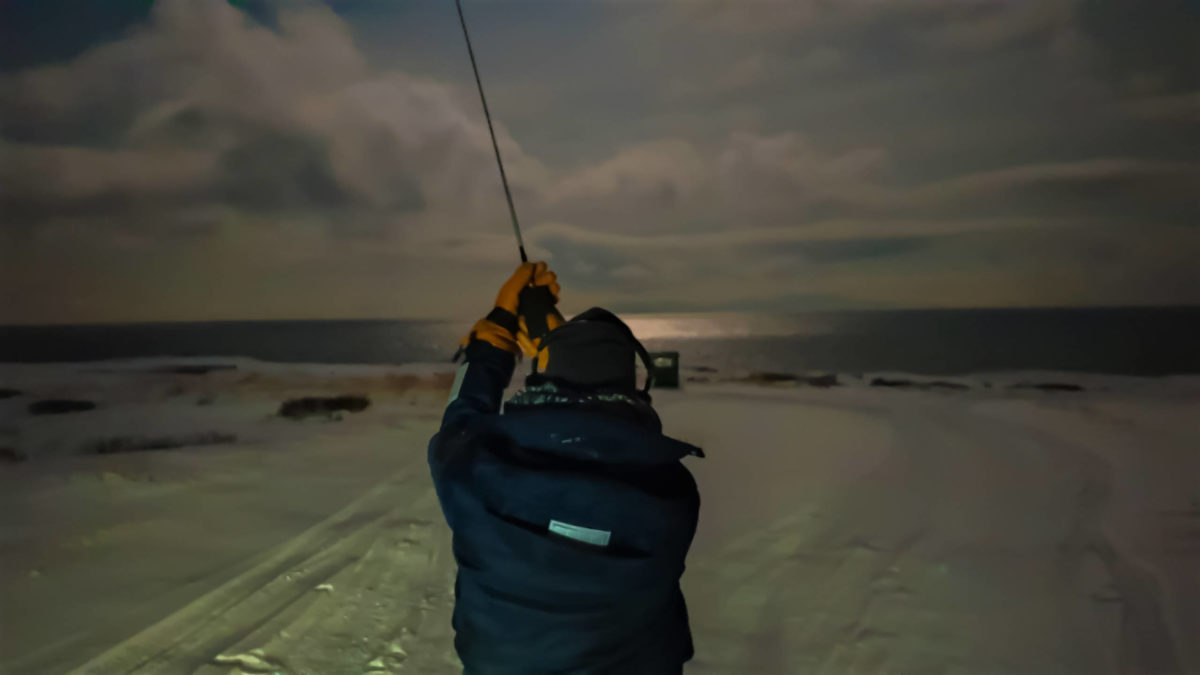The NORAD ID is an identifier assigned by the North American Aerospace Defense Command organisation (or, simply, NORAD) to all man-made objects in Earth orbit (including debris!). The NORAD ID is also called Satellite Catalog Number or USSPACECOM object number.
The NORAD identifier consists of 5 digits and is assigned in order of discovery – so, the first object to be catalogued was the Sputnik 1 launch vehicle, with NORAD ID 00001. The Sputnik 1 satellite itself was assigned NORAD 00002.
The NORAD catalogue keeps track of all such objects, with a size greater than 10 centimetres – it even catalogues debris resulted from such man-made objects! For example, in 2009, as a result of the Iridium-33’s collision with Kosmos-2251, more than a thousand pieces of debris of the two satellites got NORAD IDs!
When stargazing, certain sky objects that you see, could be man-made satellites! The International Space Station is often seen crossing the night sky, and if you want to track it, be sure to look for the object with NORAD ID 25544!
There’s also a yearly event – “NORAD Tracks Santa” – which tracks Santa Claus, who leaves from the North Pole, in order to distribute his presents to children across the World!



